After two years of gloom, the $400 billion global luxury goods industry is holding its breath, watching for signs from China, a market that accounts for a third of its revenue. LVMH’s latest earnings report has sparked a glimmer of hope, giving the entire European luxury group an $80 billion boost.
However, the recovery picture still has many mixed bright and dark colors, and caution is the prevailing mentality of the European "giants".
LVMH's boom and the $80 billion wave of optimism
Last week, European stock markets witnessed a historic trading session. Shares of LVMH, the parent company of Louis Vuitton, Dior and Sephora, soared 14%, their biggest one-day gain in more than 20 years. The meteoric rise was fueled by a third-quarter sales report that far exceeded expectations, and especially by a clear recovery in mainland China.
LVMH’s sales in China returned to positive growth for the first time this year, thanks to the rebound of its flagship brand Louis Vuitton and the strong returns of Dior and Sephora. Louis Vuitton’s unique ship-shaped store in Shanghai also became a focal point for high-end shoppers, contributing to strengthening confidence in domestic demand.
The LVMH effect was immediate. Shares in rivals Hermès, Kering (owner of Gucci), Richemont and Burberry all rose 5-9%, adding nearly $80 billion to the market capitalization of Europe’s top luxury stocks, according to Reuters calculations.
Many investors believe that the long downward cycle of the luxury industry has finally come to an end, and that a recovery is looming.
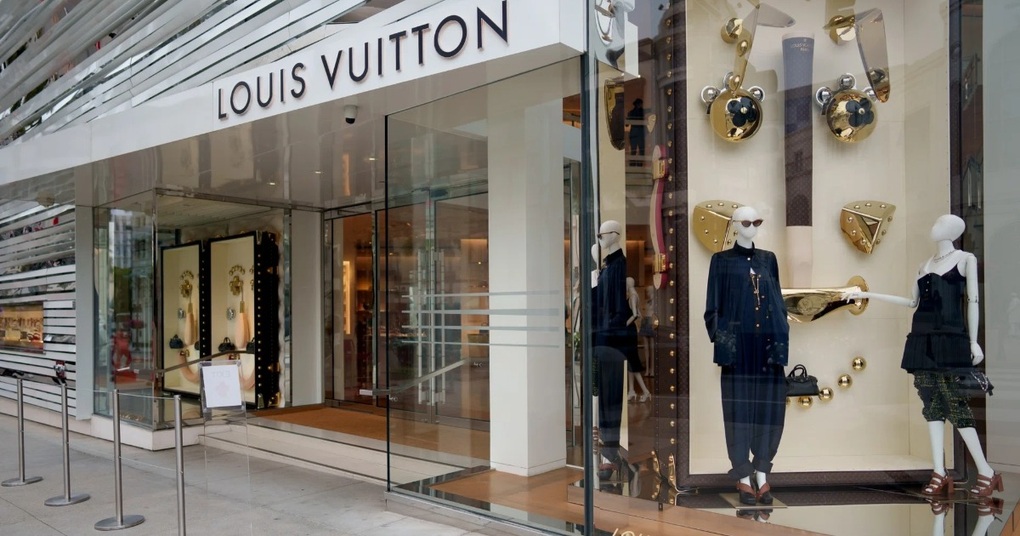
The Chinese market accounts for one-third of global luxury goods sales, including products like Louis Vuitton handbags (Photo: Bloomberg).
Voices of caution from insiders
Behind the excitement on the stock exchange, however, the mood inside the high-level meeting rooms was much more reserved. Reports released later from other major companies painted a mixed picture.
Cosmetics group L'Oréal, despite posting its first growth in China in two years, largely driven by premium brands like Lancôme and Helena Rubinstein, still missed expectations overall, sending its shares down about 6%. "I'm always very cautious when it comes to China, because one positive quarter alone doesn't tell the story," CEO Nicolas Hieronimus said bluntly.
Mr. Hieronimus warned investors not to expect too much in the context of China's economy still having many difficulties. The upcoming focus will be on the Singles' Day shopping festival (November 11).
Similarly, Hermès reported lower-than-expected third-quarter sales, sending its shares down more than 4%. While the group's executives acknowledged "a slight improvement" and a "more vibrant" October Golden Week holiday, they emphasized the message of "being cautious."
This contrast highlights a clear reality: the recovery, if any, is highly uneven.
Macroeconomic picture: Hope and risk intertwined
The CEOs' caution is not without foundation. Even as he reported upbeat results, LVMH's CFO admitted: "The Chinese economic picture has not fundamentally changed."
The core problems of the world's second-largest economy remain. A sluggish property market, high unemployment and weak credit (according to Deutsche Bank) continue to hold back the purchasing power of the middle class.
China’s slowdown has dealt a heavy blow to the luxury industry, which relies on consumers who once flocked to buy Birkin bags or Louis Vuitton bags in shopping malls from Shanghai to Paris.
However, positive signals from the macro economy are still a support for recovery confidence.
The International Monetary Fund (IMF) has just raised its growth forecast for China to 4.8% this year, 0.3 percentage points higher than the forecast a year ago. This figure is close to the target of about 5% set by Beijing.
The IMF said that the stronger-than-expected growth was due to relatively stable international trade and domestic consumption, supported by fiscal policies. China's GDP grew 5.3% in the first half of 2025. The government is also emphasizing expanding domestic demand and accelerating reforms to remove bottlenecks.
This macroeconomic stability is an important supporting factor for the recovery scenario of the luxury goods industry.
However, the IMF also warned of global risks. The US economy is forecast to slow down more sharply, while trade uncertainties and tariff barriers remain, which could affect global supply chains and costs.
Another risk is the risk of an “AI bubble” in the US, reminiscent of the dot-com crisis, which could trigger a tech recession, affecting global growth.
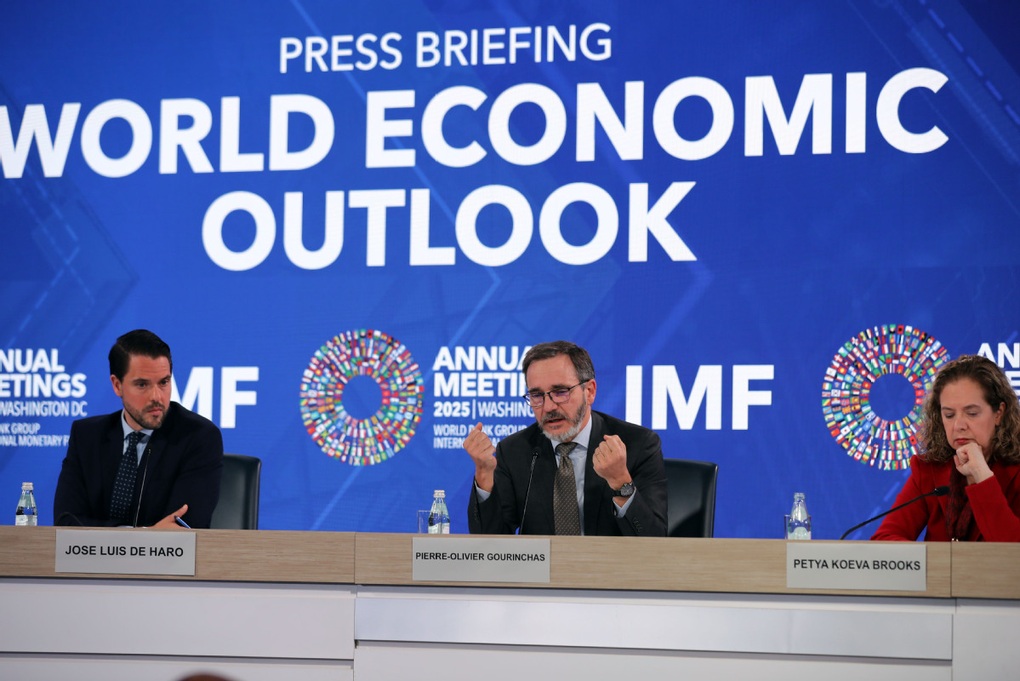
The International Monetary Fund (IMF) recently forecast that China's economy will grow 4.8% this year, an encouraging figure and close to the target of about 5% set by Beijing (Photo: China Daily).
The recent $80 billion rally shows how hungry the market is for good news, but also how fragile confidence can be. Some analysts, including Jefferies, warn it’s too early to declare an industry-wide recovery, as LVMH’s outperformance may be an isolated event.
Now all eyes are on the coming tests: China’s November 11 shopping festival and the holiday season in the West, which will be the most important indicators of whether the recent “warm-up” is just a blip or a sign of a real spring.
UBS bank forecasts industry-wide revenue to grow by around 4% by 2026, suggesting a slower and clearer recovery scenario by the end of next year.
Source: https://dantri.com.vn/kinh-doanh/sau-tin-hieu-tu-trung-quoc-nganh-hang-xa-xi-toan-cau-co-tinh-giac-20251023092201164.htm


![[Photo] Prime Minister Pham Minh Chinh receives United Nations Secretary-General Antonio Guterres](https://vphoto.vietnam.vn/thumb/1200x675/vietnam/resource/IMAGE/2025/10/25/1761390212729_dsc-1484-jpg.webp)

![[Photo] National Assembly Chairman Tran Thanh Man receives United Nations Secretary-General Antonio Guterres](https://vphoto.vietnam.vn/thumb/1200x675/vietnam/resource/IMAGE/2025/10/25/1761390815792_ctqh-jpg.webp)


![[Photo] Prime Minister Pham Minh Chinh and United Nations Secretary-General Antonio Guterres attend the Press Conference of the Hanoi Convention Signing Ceremony](https://vphoto.vietnam.vn/thumb/1200x675/vietnam/resource/IMAGE/2025/10/25/1761391413866_conguoctt-jpg.webp)
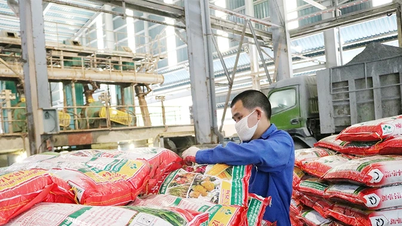

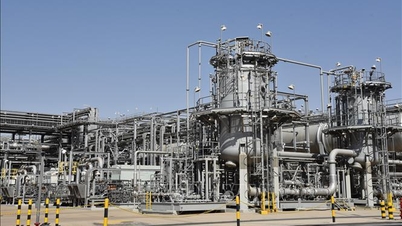






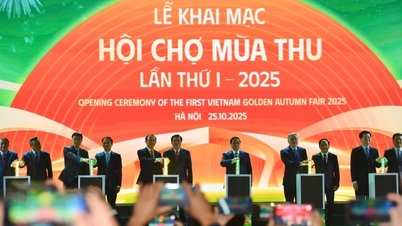


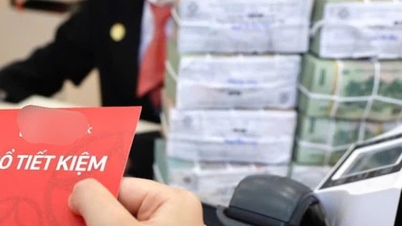


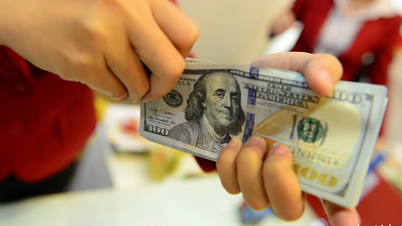

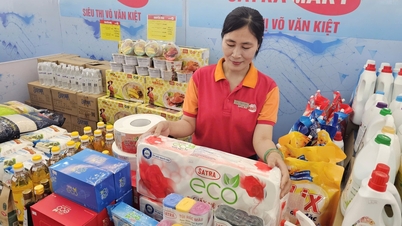




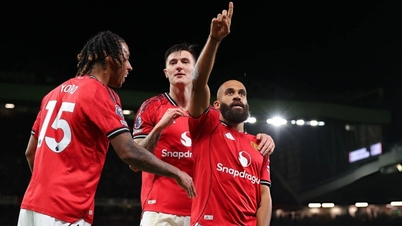

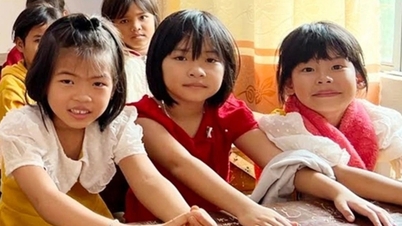
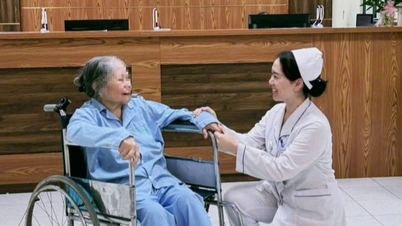
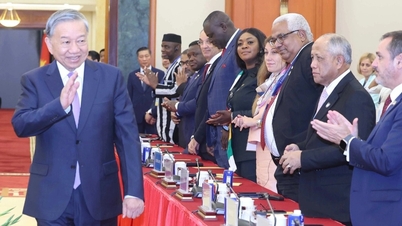
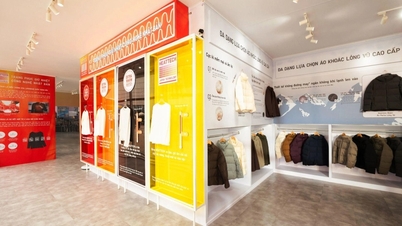
![[Photo] General Secretary To Lam meets with General Secretary and President of Laos Thongloun Sisoulith](https://vphoto.vietnam.vn/thumb/1200x675/vietnam/resource/IMAGE/2025/10/25/1761380913135_a1-bnd-4751-1374-7632-jpg.webp)
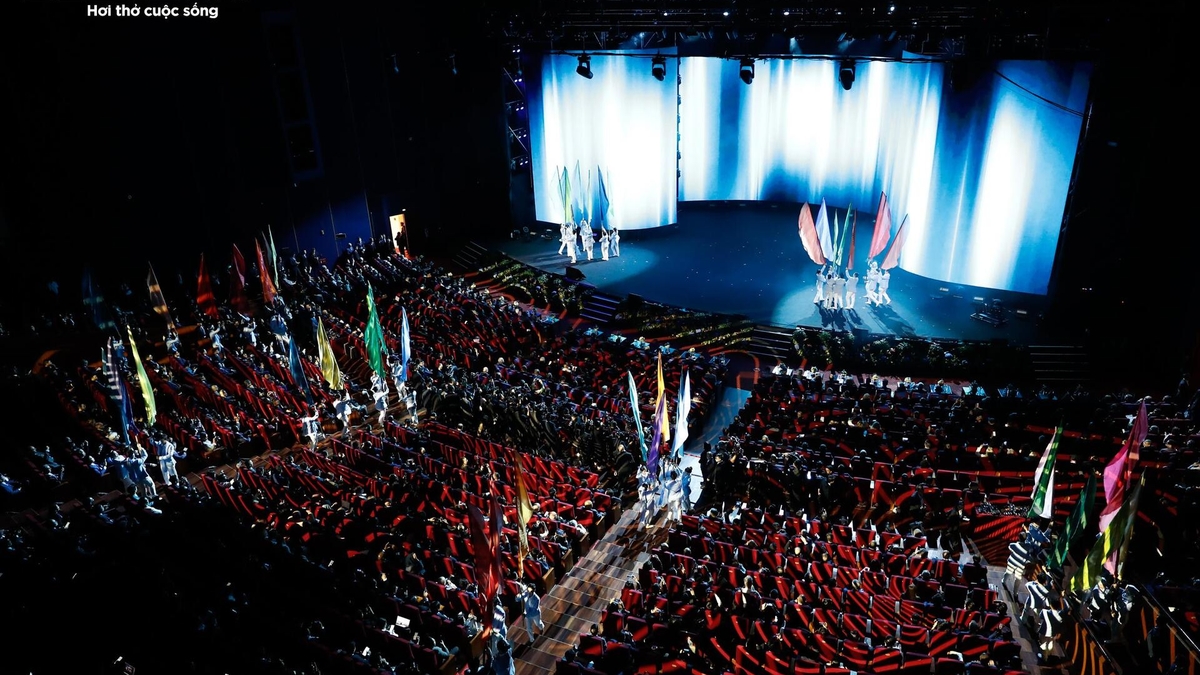




































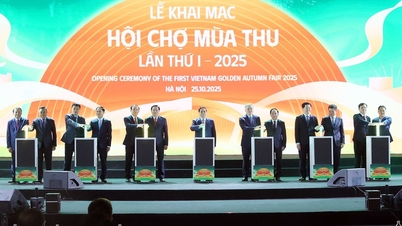
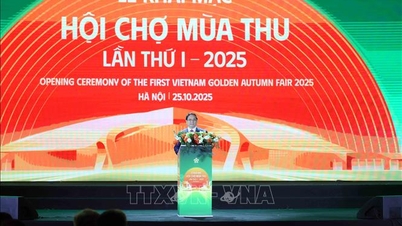






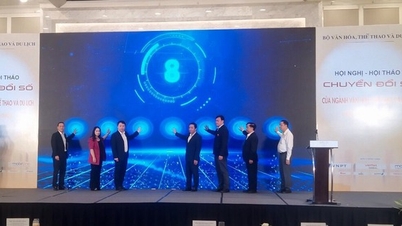
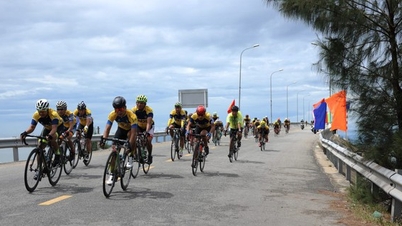
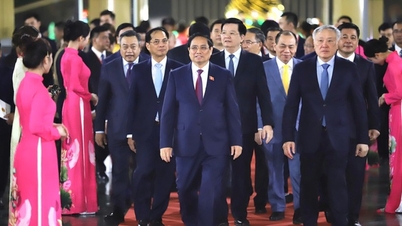
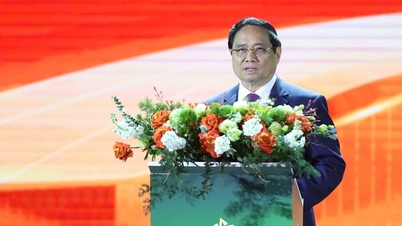
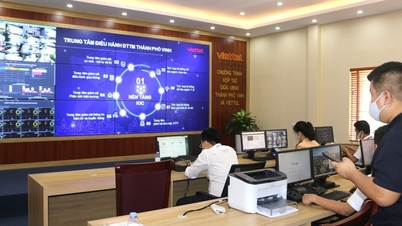


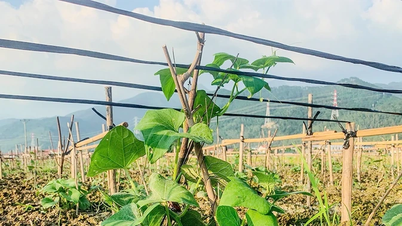
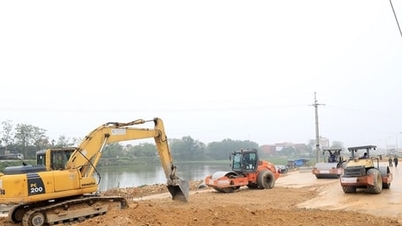

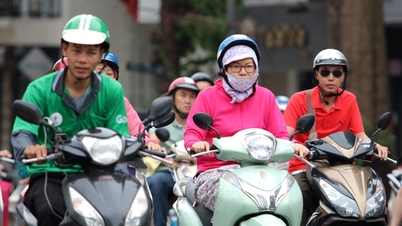

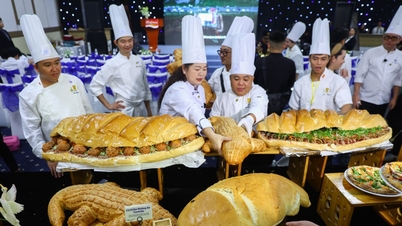



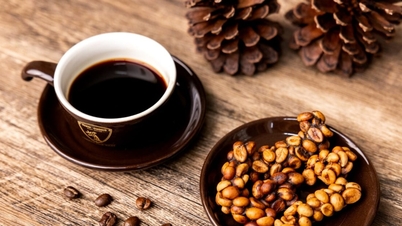













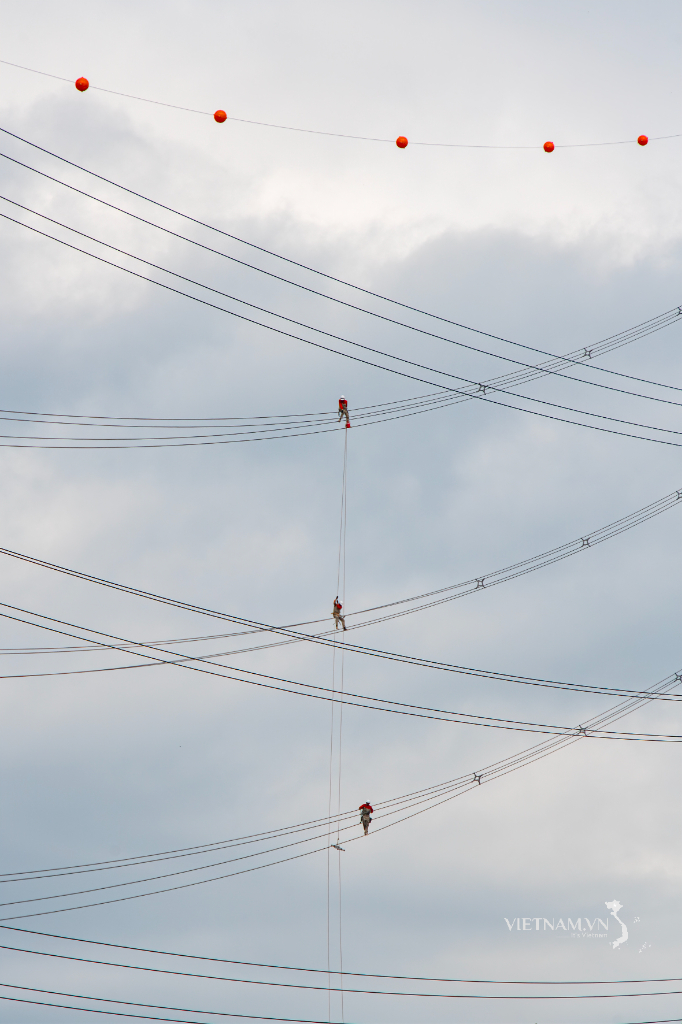


Comment (0)